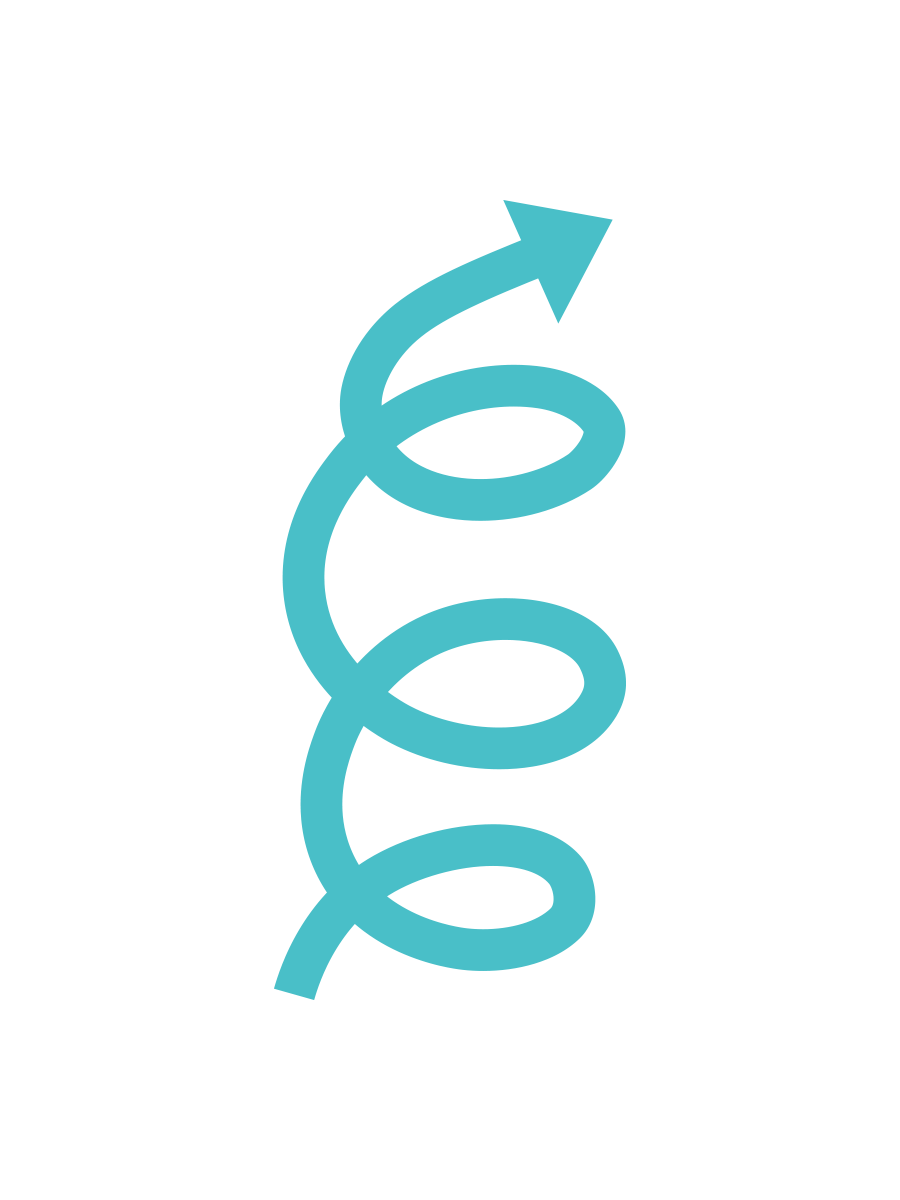The faux paradox has captured the imagination of science-oriented humorists. In May 1992, the Usenet Oracle Digest #441 included a question from a supplicant asking about the paradox.(3) Testing the theory is the main theme in an episode of the comic book strip Jack B. Quick, the title character seeks to test this theory, leading to the cat hovering above the ground, with the cat's wagging tail providing propulsion. The March 31, 2005, strip of the webcomic Bunny also explored the idea in the guise of a plan for a "Perpetual Motion MoggieToast 5k Power Generator", based on Sod's Law.(9) In Science Askew, Donald E. Simanek comments on this phenomenon.(10)
The idea appeared on the British panel game QI, where the idea was discussed. As well as talking about the idea, they also brought up other questions regarding the paradox. These included "Would it still work if you used margarine?", "Would it still work if you used I Can't Believe It's Not Butter?", and "What if the toast was covered in something that was not butter, but the cat thought it was butter?", the idea being that it would act like a placebo.(11)
The paradox also appeared in the episode "Gravitational Anarchy" of the scientific podcast RadioLab.(12) Later, a humoristic explainer animation(13) was put together by the animated production company Barq, based on an extracted audio clip from the RadioLab episode.
Brazilian energy drink brand Flying Horse has released an award winning commercial(14) that simulates the recreation of this phenomenon, which is then used to create perpetual energy.(15)(16)
It also appeared in a comics series called Kid Paddle where Kid tells the story to his gullible friend Horace while at the dinner table. The comic is fairly popular in France and Belgium.
